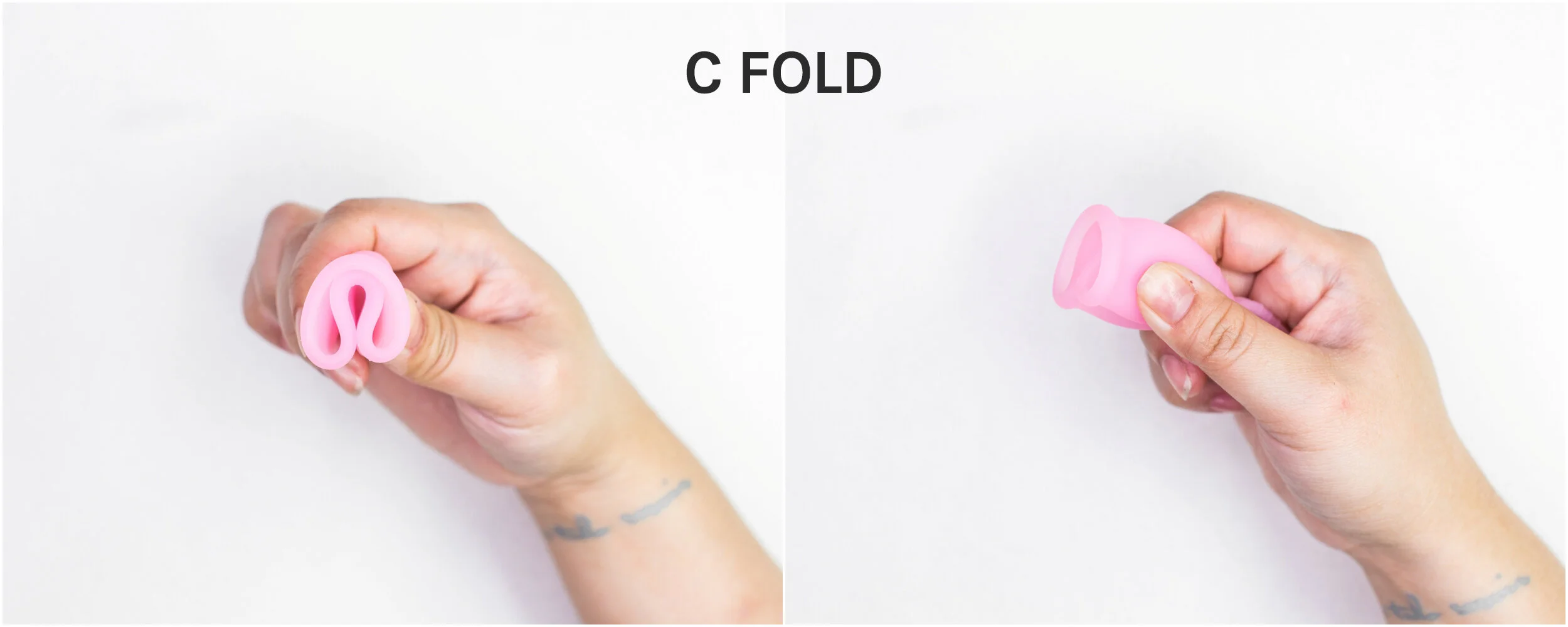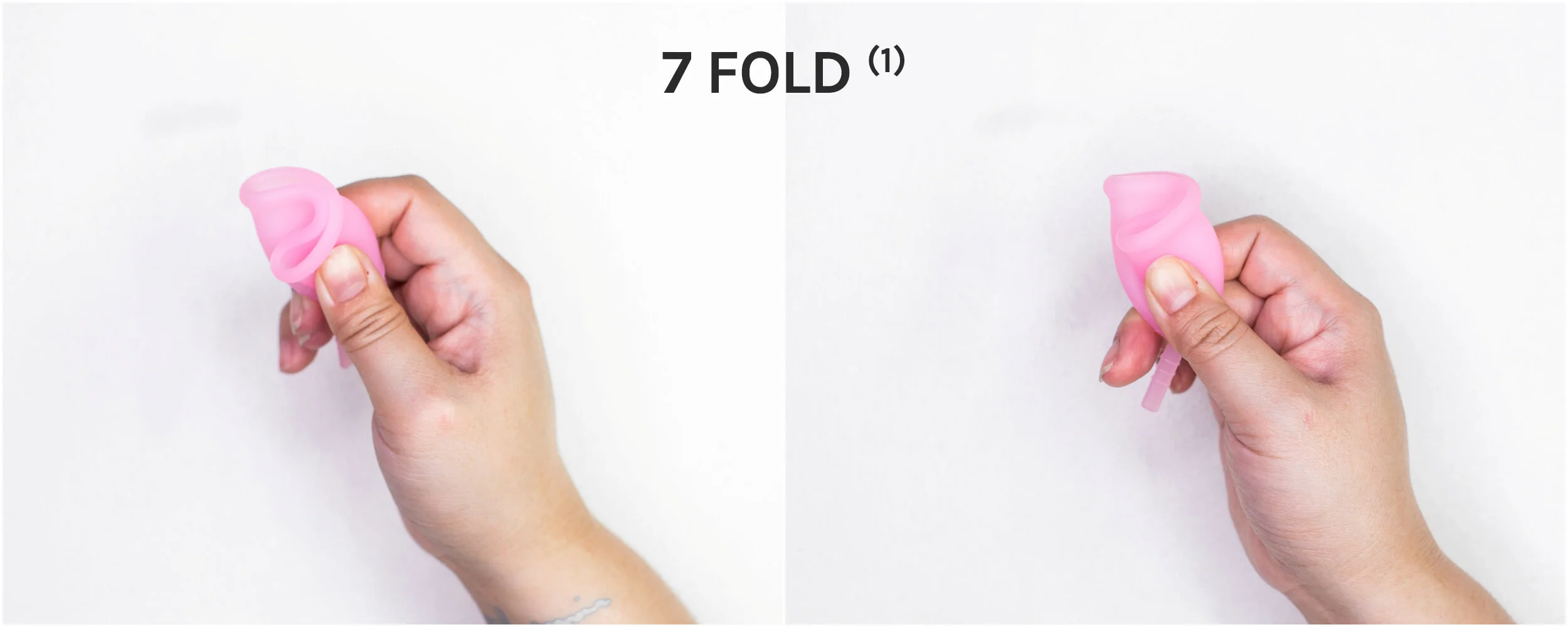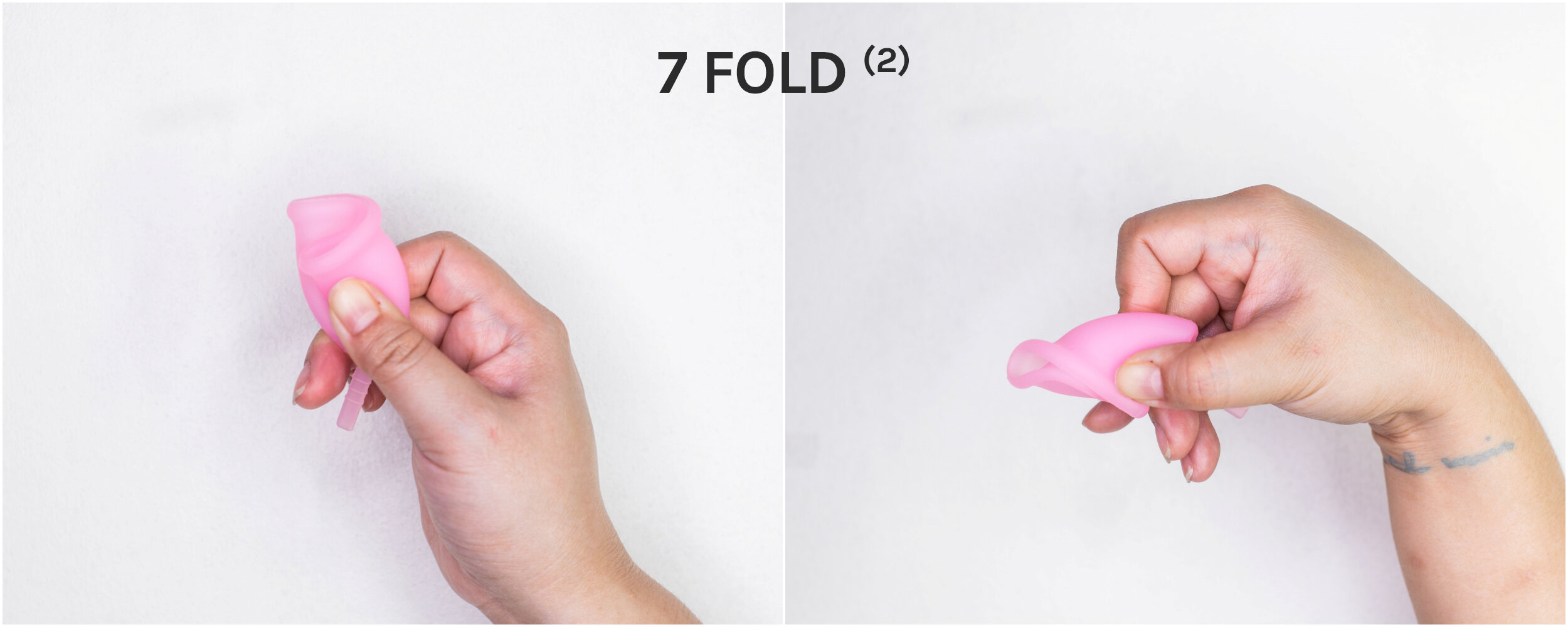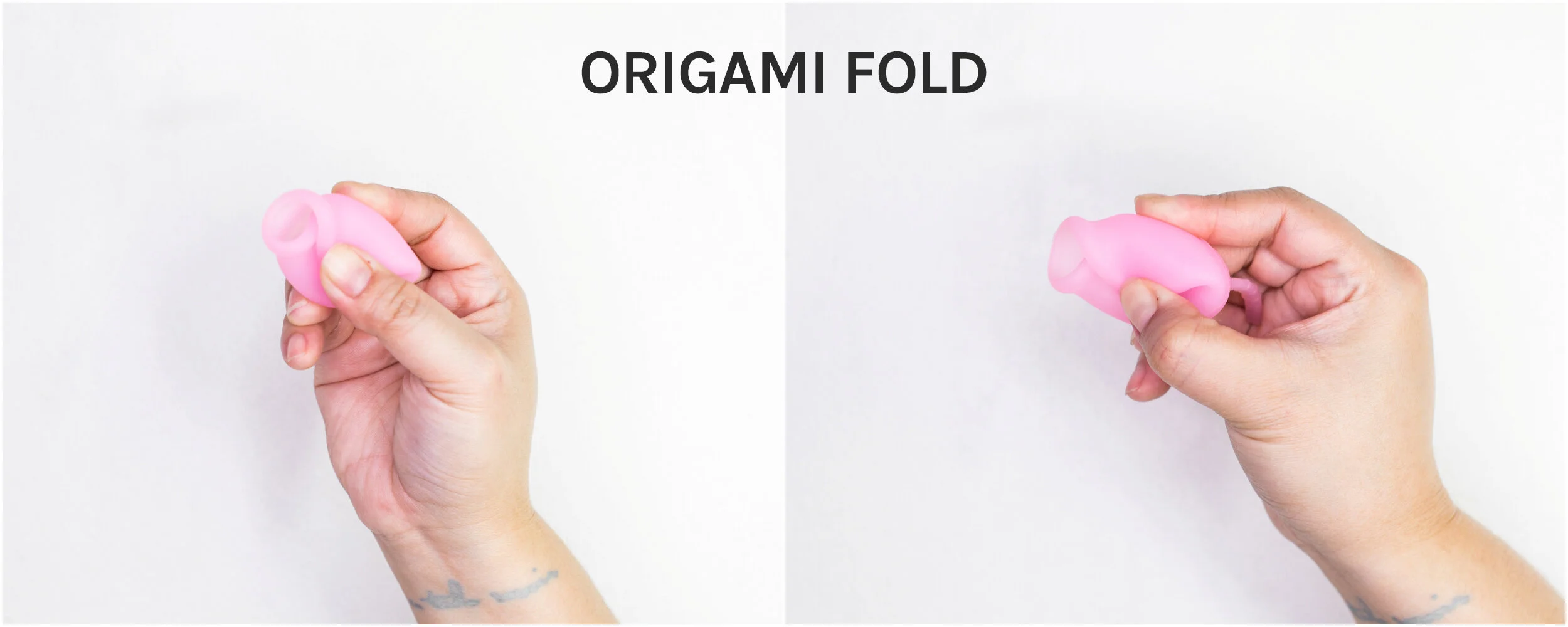How to use a menstrual cup for beginners
I wish I could talk more people into trying menstrual cups. They’ve made my periods considerably easier to manage and more comfortable, hands down! I do understand that the idea of using one can seem daunting, and that you probably have a lot of questions. Let’s try to answer some of those Qs then!
Aside from knowing what menstrual cup is the best, another common question we get is how to use it. The cup may look like it’s too big to put inside your body, but if you get the right one, it should fit comfortably that you won’t even notice it’s in. Inserting and removing a menstrual cup does have a learning curve, so it’s important to remember to be patient and to relax.
Step 1: Clean up your cup
Before using your cup, you need to sterilize it first to kill any germs or bacteria. Some cups can be placed in a pot of boiling water for 3 to 5 minutes, while other brands recommend just letting the cup soak in clean, freshly-boiled water. Do this at least for the start of every cycle, then you can just wash with water and a gentle soap in between changes.
Step 2: Relax!
If you’re inserting the cup for the first time or still learning to do so, don’t do it when you’re in a hurry. You may not be able to insert it on the first try, and feeling stressed or nervous can actually cause your muscles to clench and make insertion even more difficult. Just breathe, relax, and take your time with inserting the cup and making sure it feels comfortable inside you.
Step 3: Wet your cup
If it’s your first time to use a cup and you’re trying it before getting your period, you might want to wet it a bit to make insertion a little easier. The water acts as a lubricant in this situation. Once you actually have your period, it may be easier to insert because the blood acts as a lubricant and the vagina is more flexible during this time! Using a menstrual cup definitely gets you up close and personal with your period, so remember that menstrual blood is normal and not “icky”.
For some women, water may not be enough to help the cup get in. Most cup brands recommend using a water-based lubricant to make insertion easier, so check if it’s okay to use with your cup. Remember, make sure that the lubricant you use is water-based as the ones made with silicone can damage your cup and reduce its lifespan. Also, try to avoid lubes with synthetic ingredients such as glycols as these may cause skin irritation.
Step 4: Fold it like you mean it
Most cups have a wide rim or “mouth” that makes them look like they’re too big to insert. Don’t worry - you aren’t supposed to just shove the cup in haphazardly. Proper insertion involves folding the cup to make it easy and comfortable. There are many types of folds you can use, and it’s a good idea to practice folding until you find one that feels comfortable for you. Here are some of the more popular types of folds:
Menstrual cup C or U Fold
C or U Fold: Bring the cup lips together then bend the cup lengthwise. Depending on how you hold it, it should look like a C or a U shape.
Menstrual cup Punchdown Fold
Punchdown Fold: As you hold your cup, push down one side of the lip inwards toward the base, as if to punch it down. Squeeze the ends together then move your fingers to the sides.
Menstrual cup 7 Fold 1
Menstrual cup 7 Fold 2
7 Fold: Put the lips together then take the right side of the cup and bend it towards the base to form a 7 shape. You can also bring it further down near the base so that it forms a more triangular shape.
Menstrual cup Origami Fold
There are other styles that employ multiple folds like the Origami Fold, E Fold, S Fold, Double 7 Fold, and Diamond Fold, which you can learn how to do here. Do remember to keep a firm grip as the cup material is designed to be resilient, which makes it a bit hard to fold. I personally find the Punchdown Fold to be the easiest for me as it creates a narrowed tip for insertion and doesn’t require too many folds to work.
Step 5: Time to put it in
When you insert the cup, angle it and aim towards your spine, which is upwards and backwards rather than straight up. This follows the natural slope of the vaginal canal. It’s usually easiest to do this while squatting or sitting on the toilet, but you can try different positions to find what works best for you. When you’re ready, take a deep breath and slowly push the cup into place. The “right position” can differ from person to person, depending on the cup’s size and the position of the cervix. The cervix may be positioned below the cup or even sit inside it. Whichever way, the cup should be completely inside you. If too much of it is sticking out and feels like it will fall off, or if the placement seems uncomfortable, remove the cup and try inserting again.
Once inside, the cup should pop open to form a seal and catch the blood. You may or may not hear or feel this pop, so if you’re not sure, gently insert a finger to feel around the base and check if the cup is open. If it still feels weird or scrunched up, it may need to be reinserted.
Step 6: Check the stem
Most menstrual cups have a stem that make removal easier. Once the cup is in, check the stem. Is it too long and uncomfortable? If you’re sure your cup is in the correct position, you can cut the stem and make it shorter so that wearing the cup is more comfortable.
Removing your cup
How often you remove and empty your cup depends on how heavy your flow is. It may start to overflow in just 2 hours if you’re a heavy bleeder, or you may only need to change it every 12 hours (the maximum recommended length of wear) if your flow is light to normal. To remove, follow the stem to find the cup’s base, and pinch it to break the seal. Slowly pull it out and empty the contents into the toilet. Wash your cup with a gentle soap before re-insertion but if this is not possible, use clean water to rinse it.
Don’t use the stem to tug the cup out, as it may cause the stem to break off. If you find it difficult to remove the cup, it’s possible that you have a high cervix and the cup size is much too small for you.
It’s a good idea to keep your fingernails short and trim to avoid accidentally hurting yourself during cup insertion and removal. Expect to get some blood on your fingers, so make sure to wash your hands well before and after handling your cup. It’s usually best to remove the cup while you’re over a toilet so you can dump the blood right away. Keep your hand steady and even as you remove the cup, to avoid spilling the contents. Make sure that seal has been broken before trying to remove the cup, and do it slowly.
I hope this quick guide gives you a better idea of what cup usage is like, and make the experience seem less daunting. Learn as much as you can before trying it out so you’re better informed and are less likely to panic.
Got more menstrual cup questions for us? Let us know in the comment section!
Sources: Menstrual Cup Australia, Lunette, Organicup, Put A Cup In It, Lena, EcoDreams







